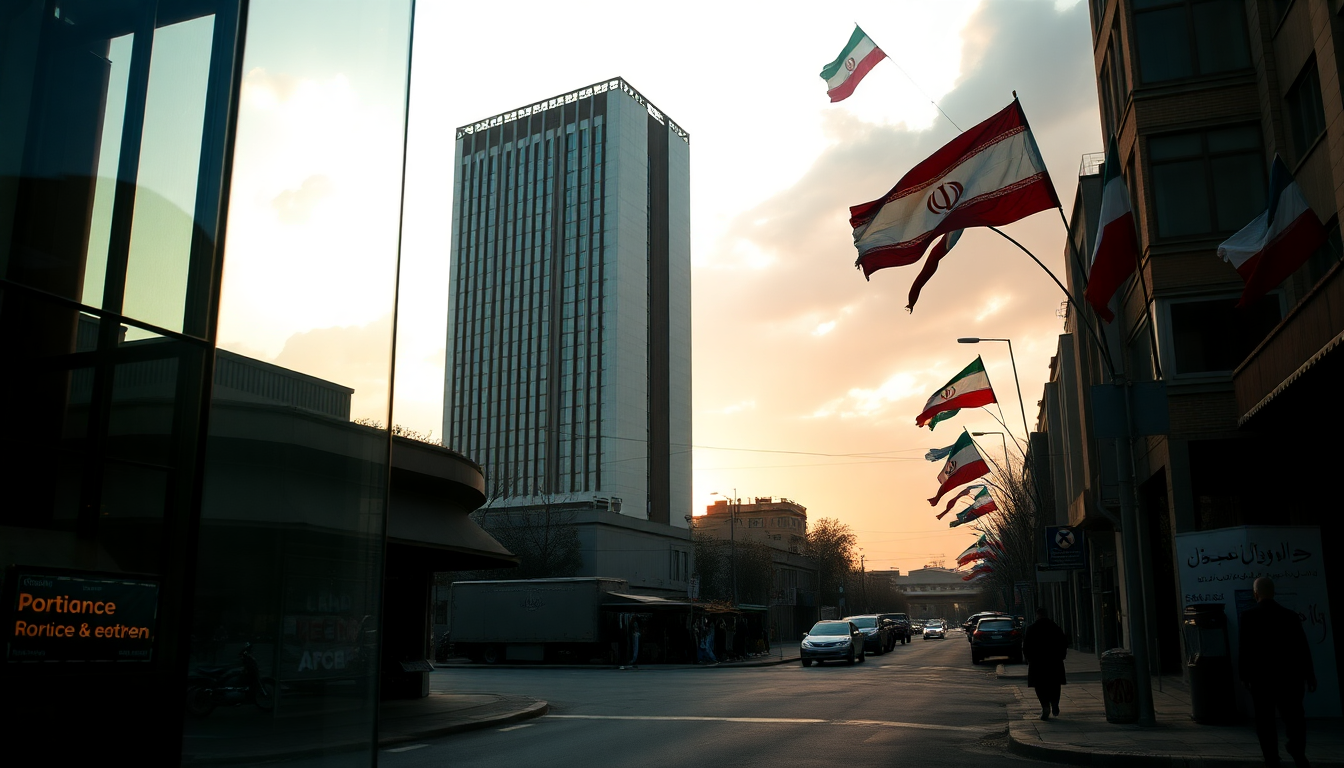Table of Contents
The geopolitical landscape between Iran and the United States has become quite a tangled web lately, particularly with recent military actions and diplomatic exchanges stirring the pot. As tensions escalate, it’s essential to grasp the implications of these developments to understand where international relations in the region might be headed. What’s really going on, and how could it affect us all?
Recent escalations and diplomatic rhetoric
The backdrop of these rising tensions includes some significant military actions, such as airstrikes targeting Iranian nuclear sites. In a sharp critique, Iranian Foreign Minister Abbas Araghchi called out President Trump for what he sees as a lack of respect towards Iran’s Supreme Leader, Ayatollah Ali Khamenei. Araghchi’s insistence that Trump should adopt a more respectful tone if he genuinely wants a diplomatic resolution highlights just how fragile these negotiations are.
Araghchi made it clear that the Iranian people hold their sovereignty dear and won’t let outside forces dictate their future. This sentiment isn’t new; it’s a recurring theme in Iran’s history where independence in the face of foreign pressure has always been a point of pride. He also took aim at Israel’s reliance on U.S. support, suggesting that such dependence weakens Israel’s position in regional conflicts. But why does this matter to us?
The Iranian leadership portrays their nation as steadfast and capable, framing recent military engagements as successful defenses against external threats. This narrative resonates deeply with many Iranians, complicating the already tricky diplomatic landscape.
The implications of military actions and statements
The recent U.S. airstrikes on critical nuclear sites like Fordow, Natanz, and Isfahan have certainly ramped up tensions. Although a U.S.-brokered ceasefire was reached, hostilities and fiery rhetoric persist. Khamenei’s claims of victory over Israel and the U.S. resonate internally in Iran, showcasing strength, but they’re met with skepticism in America, where such claims are often dismissed as exaggerated.
Trump’s dismissal of Khamenei’s assertions reflects a broader trend in U.S. foreign policy, where military posturing often accompanies diplomatic overtures. The suggestion that Trump personally intervened to protect Khamenei illustrates just how complicated and high-stakes this geopolitical chess match really is.
On the flip side, Araghchi’s resolute stance against negotiations presents a significant barrier to any diplomatic progress. His declaration that “no talks are on the table” starkly contrasts with Trump’s optimistic outlook, raising eyebrows about the future of U.S.-Iran relations. Could such a disconnect derail any chance of a deal?
Future outlook and potential pathways
The ongoing tensions between Iran and the U.S. hint at a long stretch of instability. As both nations grapple with their narratives and public perceptions, the chances for a diplomatic breakthrough seem slim unless there’s a major shift in rhetoric or policy from either side.
For investors and political analysts, keeping an eye on these developments is vital. The relationship between military actions and diplomatic efforts will undoubtedly sway market perceptions, especially in areas sensitive to geopolitical stability. The situation remains fluid, and stakeholders need to stay alert to any changes in tone or policy that could signal a shift in the diplomatic landscape.
Ultimately, while the path ahead is challenging, there’s still potential for engagement if both parties can find some common ground. Historical examples show that dialogue, even during conflicts, can lead to unexpected outcomes. But for that to happen, a commitment to mutual respect and understanding is essential. So, what do you think—can diplomacy prevail in such a charged atmosphere?


